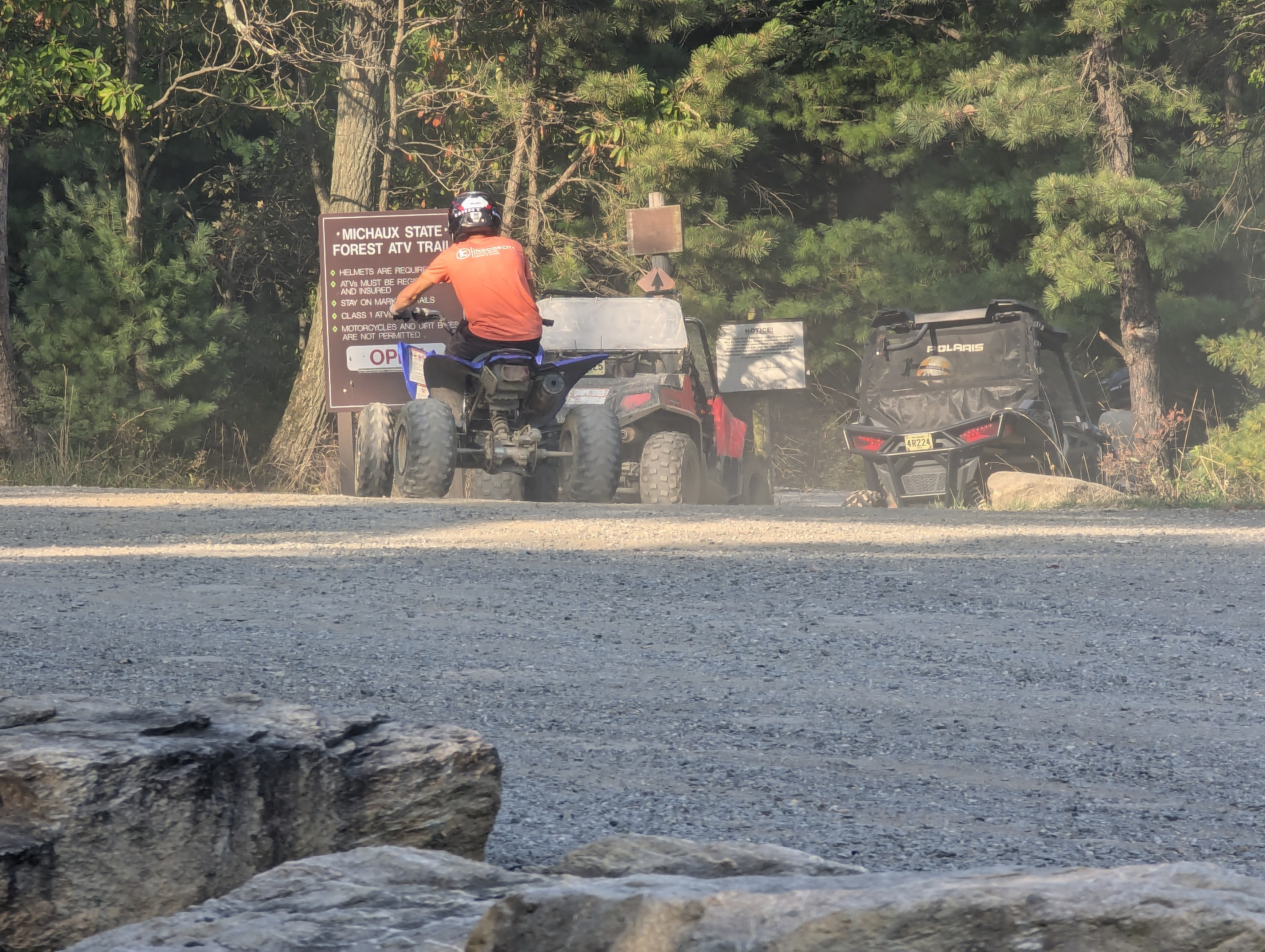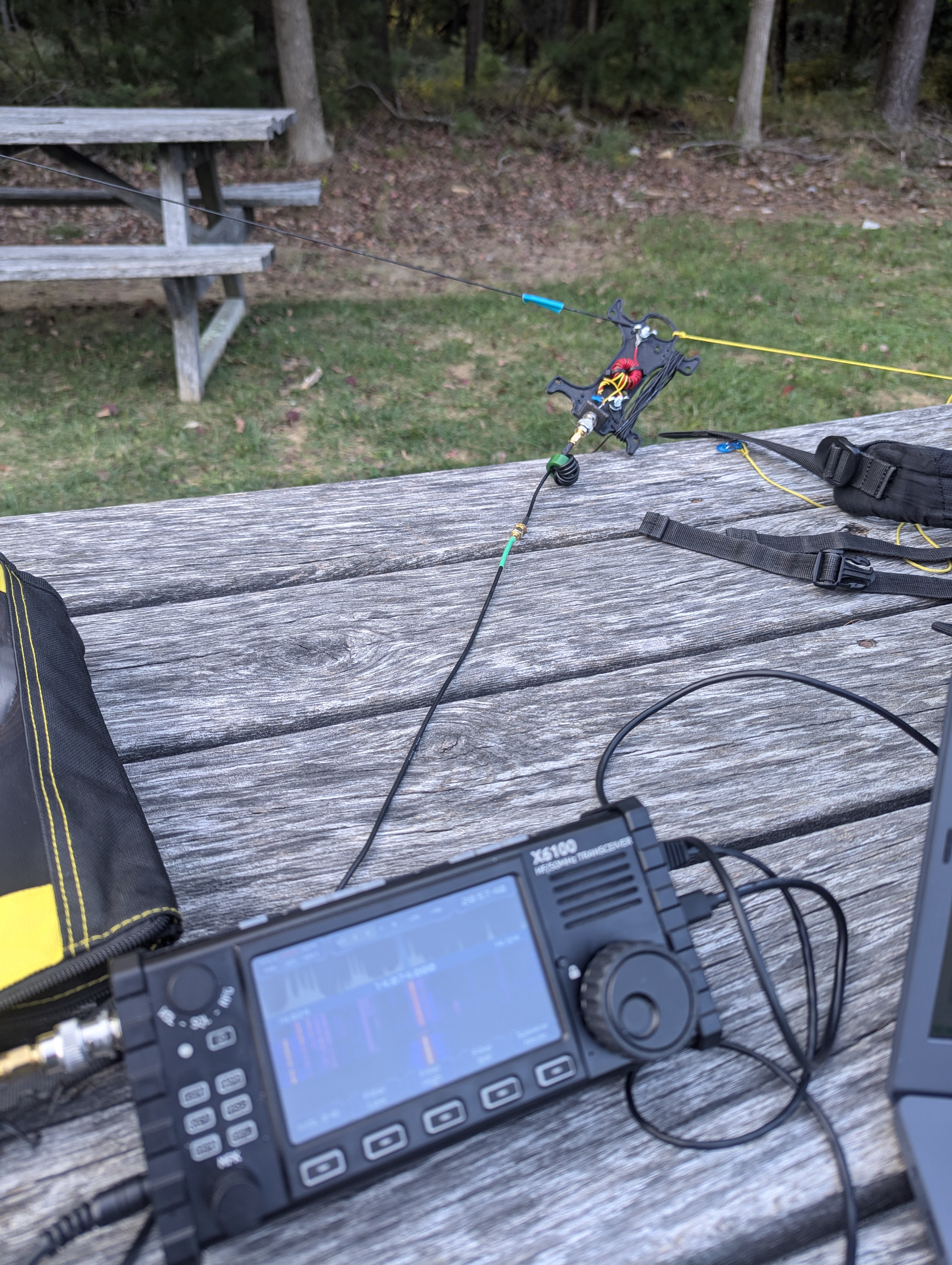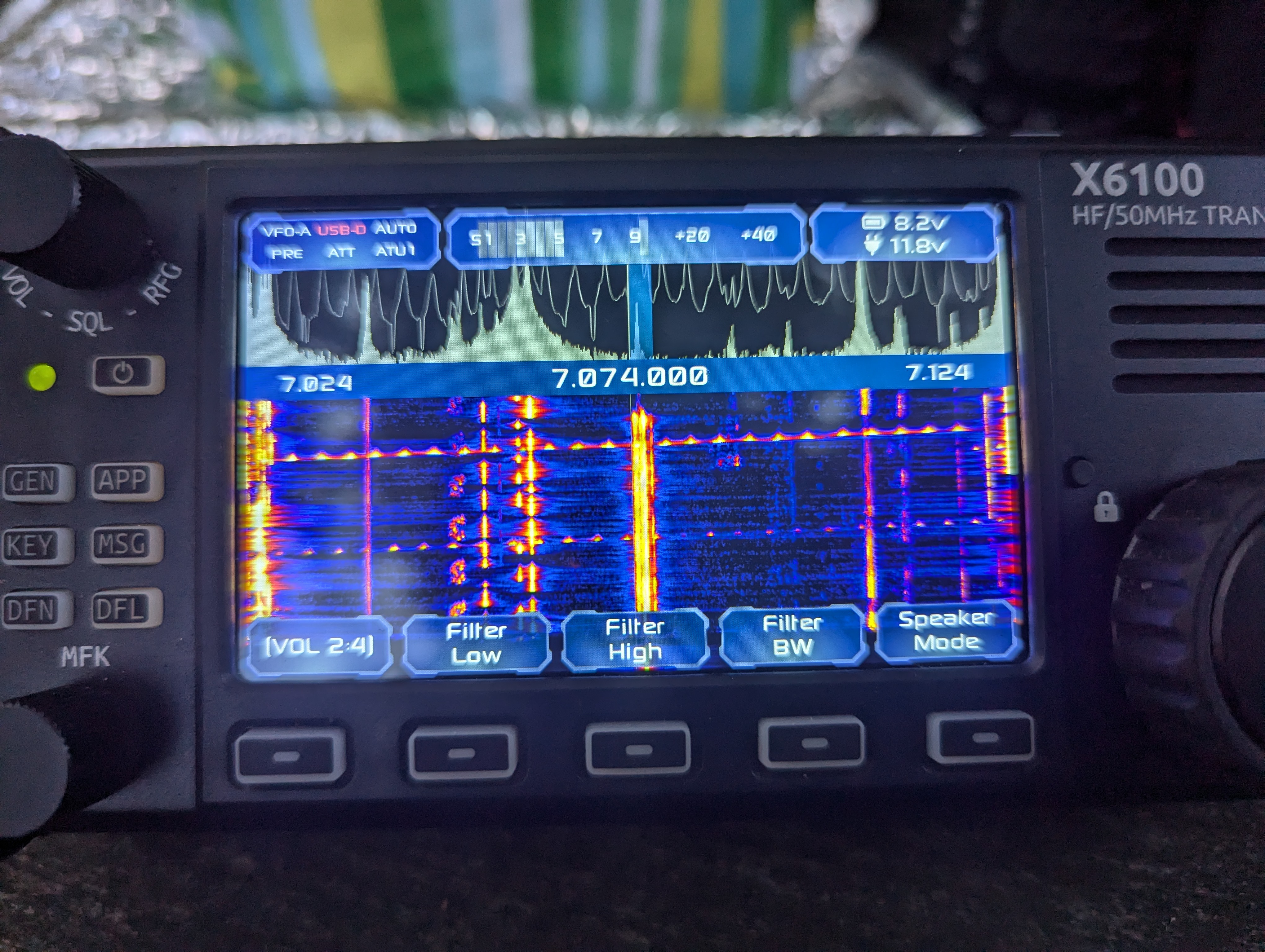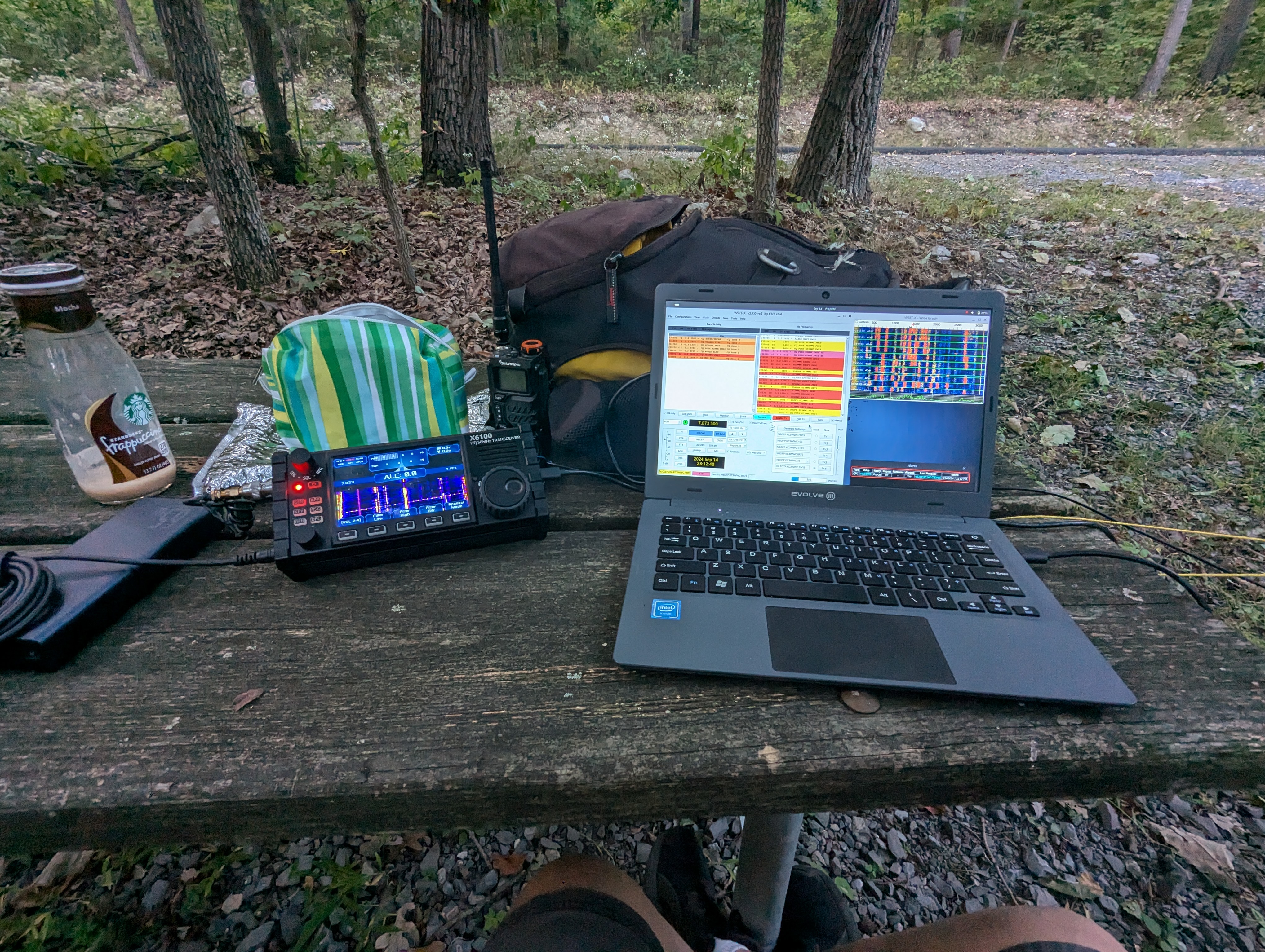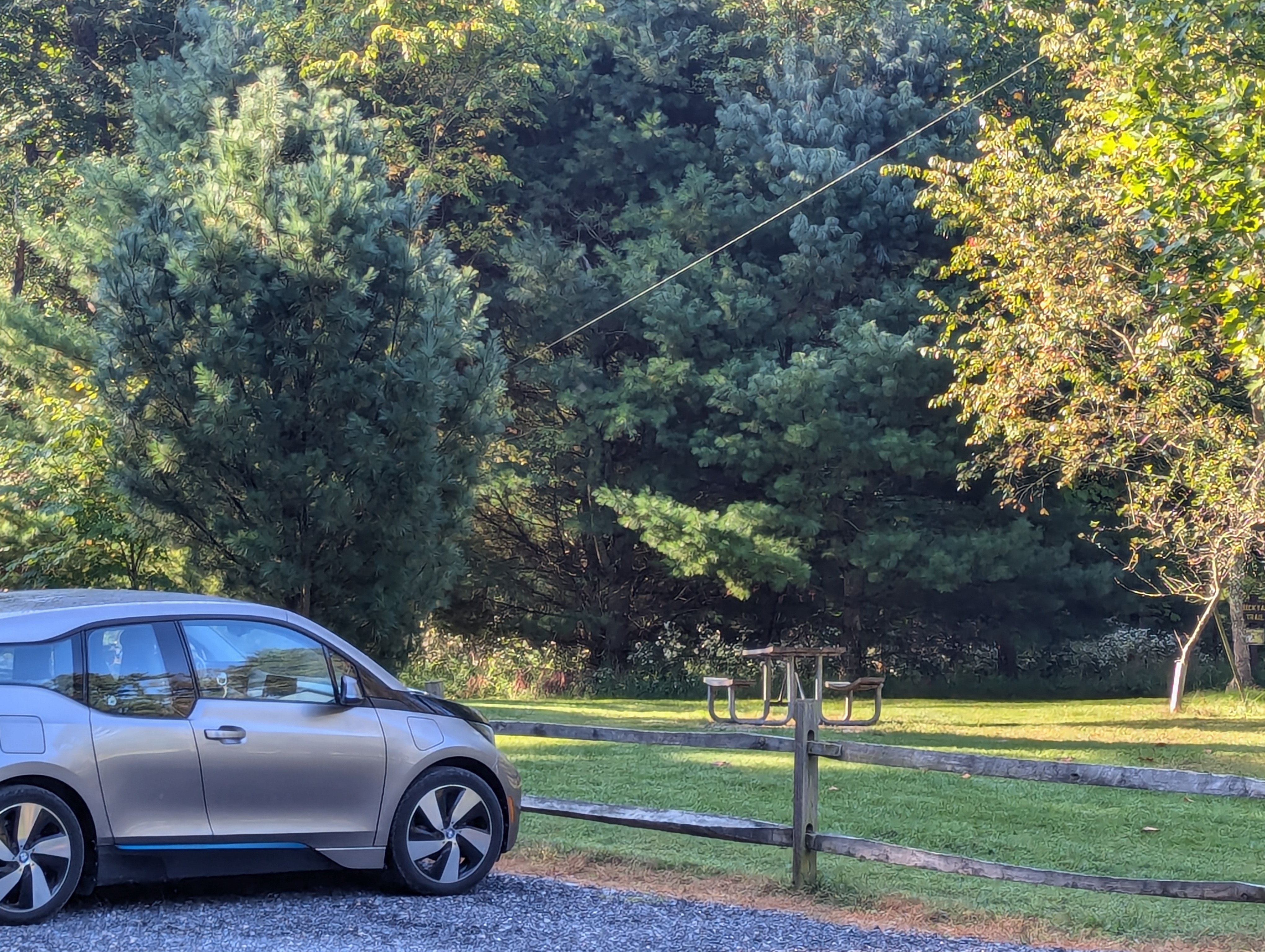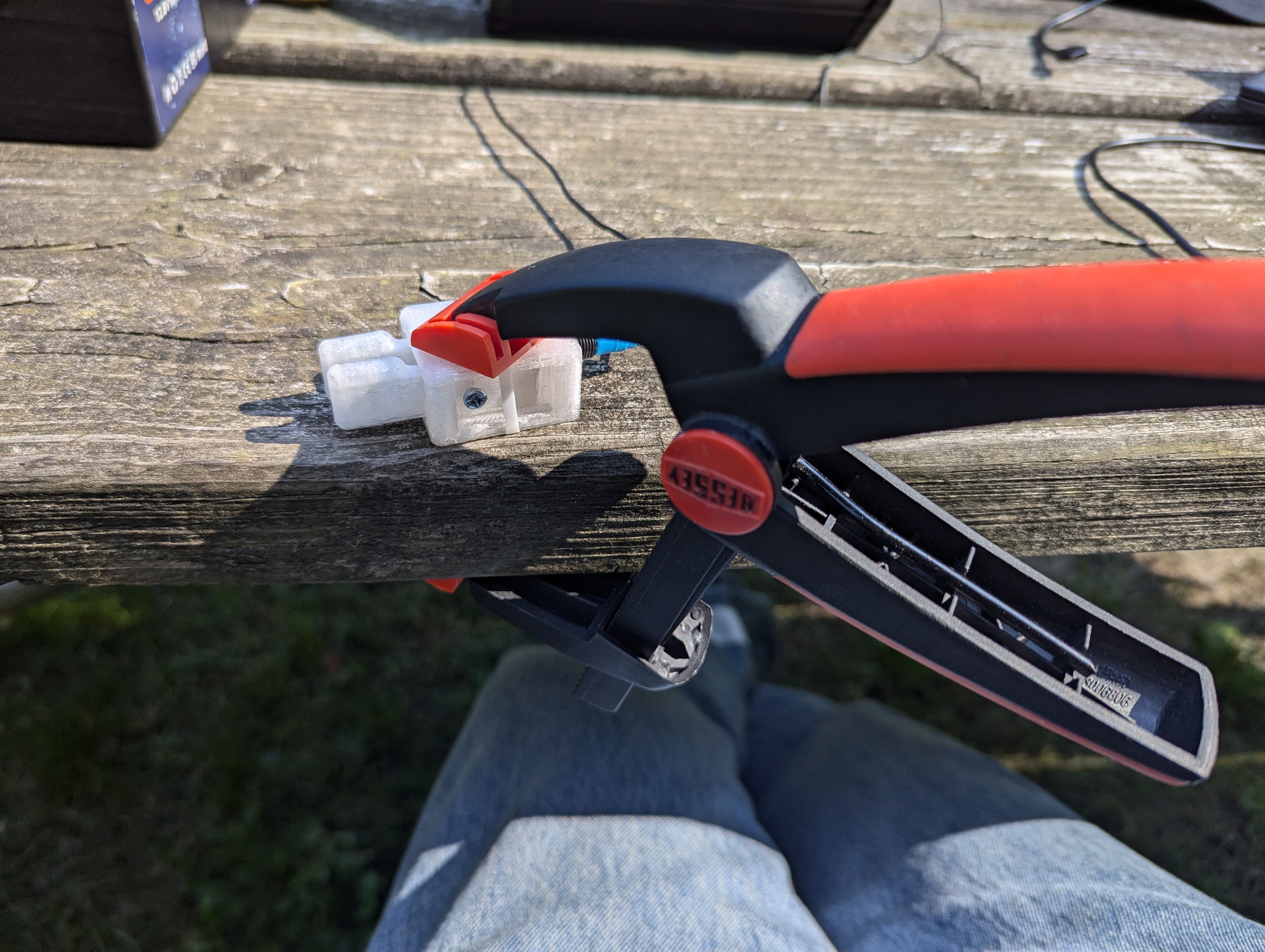CY9C St Paul Island Expedition
Someone spotted
CY9C’s Saint Paul Island Expedition
on the 21 mailinglist:
18095kHz, SuperFox FT8 mode.
I tuned my WSJTX to the frequency,
enabled SuperHound,
and it crashed upon trying to decode.
Running: /usr/bin/jt9 -s WSJT-X -w 1 -m 3 -e /usr/bin -a /home/john/.local/share/WSJT-X -t /tmp/WSJT-X
sh: 1: /usr/bin/sfrx: not found
Fortran runtime error: EXECUTE_COMMAND_LINE: Invalid command line
Error termination. Backtrace:
#0 0x7f02d8e21b9a in ???
#1 0x7f02d8e22699 in ???
#2 0x7f02d8e22afc in ???
#3 0x7f02d90b8eeb in ???
#4 0x7f02d90b9099 in ???
#5 0x559f9788ca06 in ???
#6 0x559f97885f15 in ???
#7 0x559f97885467 in ???
#8 0x559f978838a2 in ???
#9 0x7f02d883edb9 in __libc_start_call_main
at ../sysdeps/nptl/libc_start_call_main.h:58
#10 0x7f02d883ee74 in __libc_start_main_impl
at ../csu/libc-start.c:360
#11 0x559f97883900 in ???
#12 0xffffffffffffffff in ???
I filed a
bug for the missing binary.
In the meantime,
I downloaded and installed the wsjtx deb file
from sourceforge to make the DX QSO.
I saw them again on 14.094MHz, but they don’t hear me.
I checked in on the bug,
and the maintainer explained
that those binaries are not open source,
so not included with the Debian package.
To fix it longer-term,
I kept the new binaries,
and went back to the package
that Debian provided.
